IRS Unveils Increased 2026 IRA Contribution Limits

Estimated reading time: 5 minutes
If you were wondering, “Will IRA contribution limits increase in 2026?”, the IRS just gave you your answer.
In their latest update, the IRS announced slight increases in IRA and 401(k) contribution limits for 2026, allowing for greater tax-advantaged savings than in 2025.
Here's a brief overview of the changes:

Table of Contents:
- Traditional and Roth IRA Contribution Limits
- 401(k) Contribution Limits
- SIMPLE IRA Contribution Limits
- HSA Contribution Limits
- Catch-Up Contribution Limits
- Income Ranges and Deductible Contributions
- Take Advantage of the 2026 Contribution Limits at Entrust
2026 IRA Contribution Limits Increase Slightly
The regular contribution limits for traditional and Roth IRAs will increase to $7,500 in 2026, up from $7,000 in 2025. Note that this is a combined limit across all IRAs you may hold. So, if you allocate $4,000 to a traditional IRA and $3,500 to a Roth IRA, that hits your yearly maximum.
Slight Increase in 401(k) Contribution Limits
The contribution limit for employees who participate in 401(k) plans, 403(b) plans, most 457 plans, and the federal government's Thrift Savings Plan is increasing. In 2026, the new limit is set at $24,500, up from $23,500 in 2025.
2026 SIMPLE IRA Contribution Limits Receive a Boost
The SIMPLE plan (Savings Incentive Match Plan for Employees) is a retirement account type tailored for small-business employees and self-employed individuals.
In 2026, contributors to SIMPLE IRAs will have the opportunity to invest up to $17,000, marking an increase from the previous limit of $16,500. Due to changes from the SECURE Act 2.0, plan participants at small employers (25 or fewer employees) can contribute up to $18,100 to their SIMPLE plans in 2026.
2026 Health Savings Account (HSA) Contribution Limits Rise Slightly
If you don’t have a Health Savings Account (HSA), you may want to consider funding one in 2026. These specialized accounts offer flexibility in saving for medical expenses while potentially reducing your taxable income for the year.
In 2026, HSA contribution limits stand at $4,400 for individuals with self-only health coverage, while those with family coverage can contribute up to $8,750. For individuals aged 55 and above, there's an opportunity for an extra boost in savings, as they can make a catch-up contribution of an additional $1,000.
The minimum annual deductible for high-deductible health plans (HDHP) increased to $1,700 (self-only) and $3,400 (family coverage). Meanwhile, the maximum out-of-pocket limits for HDHPs are now $8,500 (self-only) and $17,000 (family coverage). These limits include deductibles, copayments, and other qualified expenses, though not premiums.
Not sure if you’re eligible to contribute to an HSA? Download our Account Guide to find out if you qualify.
Still Waiting on Limits for ESAs and SEP IRAs
The IRS has not yet released the 2026 contribution limits for Simplified Employee Pension (SEP) IRAs or Education Savings Accounts (ESAs). In 2025, the SEP IRA contribution limit was the lesser of $70,000 or 25% of compensation, while the ESA limit stood at $2,000.
Want to be updated once these new contribution limits are released? Consider subscribing to our monthly newsletter. We’ll keep you in the loop with timely blog posts, informative webinars, and in-depth guides, delivered right to your inbox.
2026 Catch-Up Contribution Limits Increase in Certain Cases
Catch-up contribution limits, which provide individuals aged 50+ with an extra opportunity to boost their retirement savings, saw only minor adjustments for 2026.
- Traditional and Roth IRAs: The catch-up contribution limit increases to $1,100 from $1,000, allowing those 50 and older to contribute up to $8,600 in total across their traditional and Roth IRAs for the year.
- 401(k), 403(b), 457 Plans, and Thrift Savings Plan: The catch-up contribution limit for most participants aged 50+ increases to $8,000, up from $7,500 in 2025. This brings the total contribution limit to $32,500 for eligible participants.
- Due to the SECURE Act 2.0, those aged 60-63 have an increased catch-up limit of $11,250, allowing for them to contribute a total of $35,750 in 2026.
- SIMPLE Plans: The catch-up contribution limit for most plan participants aged 50+ increases to $4,000 in 2026.
- For those aged 60-63 at any size employer, the catch-up limit is $5,250, providing more savings opportunities for those nearing retirement.
- If you have a SIMPLE IRA with an employer with 25 or fewer employees, your catch-up contribution limits are capped at $3,850.*
*SIMPLE IRA Catch-Up Contribution Limits for Plan Participants at Small Firms
When Congress passed the SECURE Act 2.0 in late 2022, it created a new provision: Employees at small employers could start contributing up to 10% more than the standard catch-up contribution limit. When this rule took effect in 2024, the standard catch-up limit was $3,500. Ten percent above that is $3,850.
Here’s the confusing part: Even though the standard catch-up contribution limit has since increased to $4,000, it appears the IRS believes the small-employer limit does not automatically increase with it. Instead, this limit stays fixed at 10% above the catch-up limit that applied in the year the rule first took effect.
As a result, even though the intent of the SECURE Act 2.0 was likely to increase the catch-up limit for plan participants at small employers, their limit is now lower than the standard catch-up limit. This may not be intuitive; however, this appears to be the IRS’s current interpretation of the SECURE Act 2.0 as reflected in IRS Notice 2025-67.
If the IRS updates its guidance, we will revise this article immediately.
Income Ranges and Deductible Contributions
Income is one of the most important determining factors for contributing to certain types of IRAs.
For example, your ability to contribute to a Roth IRA, claim the Saver’s Credit, or enjoy tax deductions on your traditional IRA contributions, are all dictated by your earned income for the year.
Here are the significant changes to income limits:
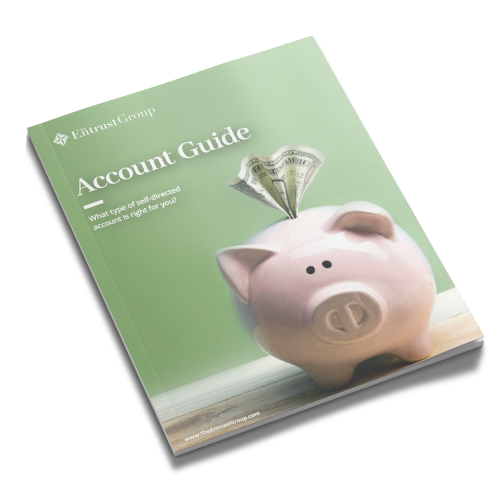
Find out which account type is right for you
2026 Traditional IRA Tax Deduction Income Range
The phase-out range for single taxpayers covered by a workplace retirement plan will increase to between $81,000 and $91,000, up from $79,000 and $89,000.
This means a single taxpayer is only able to enjoy the full benefit of tax-deductibility of a traditional IRA contribution if they earn less than $81,000. Meanwhile, a single taxpayer earning over $81,000 but less than $91,000 may still deduct a portion of their IRA contribution from their taxes.
For married couples filing jointly, if the spouse making the IRA contribution is covered by a workplace retirement plan, the phase-out range will increase to between $129,000 and $149,000, up from $126,000 and $146,000 in 2025.
For those not covered by a workplace retirement plan and married to someone who is, the phase-out range will be $242,000 and $252,000, up from $236,000 and $246,000. The phase-out range for a married individual filing a separate return and covered by a workplace retirement plan remains between $0 and $10,000.
2026 Roth IRA Income Limits
To contribute to a Roth IRA, the income phase-out range for singles and heads of household is increased to between $153,000 and $168,000, up from $150,000 and $165,000.
So, if you earn more than $153,000 as a single taxpayer in 2026, you will only be able to make a partial contribution to a Roth IRA.
For married couples filing jointly, the phase-out range is now between $242,000 and $252,000, up from $236,000 and $246,000 in 2025. The phase-out range for a married individual filing a separate return and contributing to a Roth IRA remains between $0 and $10,000.
2026 Saver's Credit Income Limits
The income limit for the Saver's Credit, which supports low- and moderate-income workers, is now $80,500 for married couples filing jointly, up from $79,000. For heads of household, it's $60,375, up from $59,250, and for singles and married individuals filing separately, it's $40,250, up from $39,500.
Take Advantage of the 2026 Contribution Limits at Entrust
These updated contribution limits aim to encourage more Americans to save for retirement and enjoy the tax advantages available through various retirement plans.
With a self-directed IRA (SDIRA), you can combine these expanded tax-preferred opportunities with expanded investment options.
Once you open your SDIRA, you’ll be able to invest your retirement funds in a wide range of alternative assets like real estate, private equity, precious metals, and more. By increasing asset diversification, you may be able to increase the resiliency and overall returns of your holdings.
For more detailed information on these changes and retirement-related cost-of-living adjustments for 2026, you can refer to IRS Notice 2025-67.
If you find yourself torn between a traditional or Roth IRA, download our Tax-Free vs Tax-Deferred Guide. This resource delves into the advantages of both account types and offers valuable insights on selecting the right one for your unique situation and financial goals.





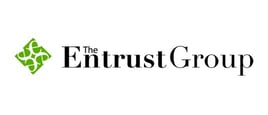







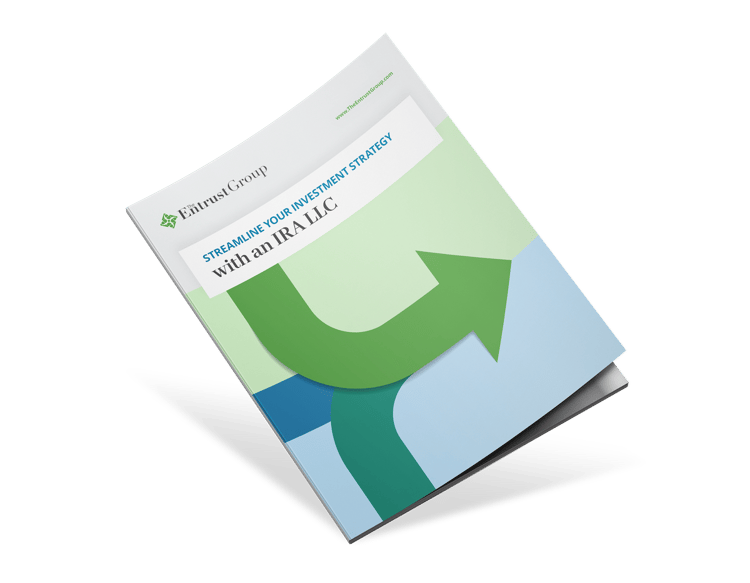

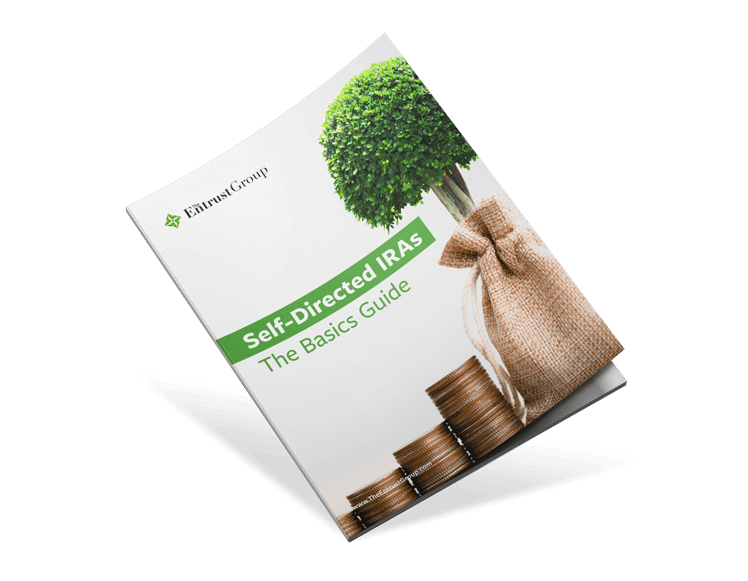









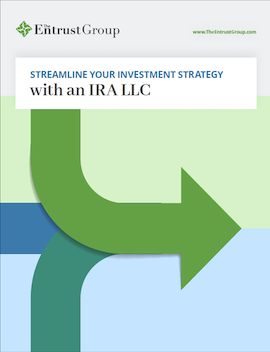

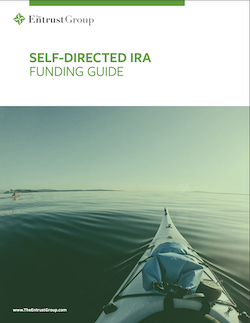

0 Comment